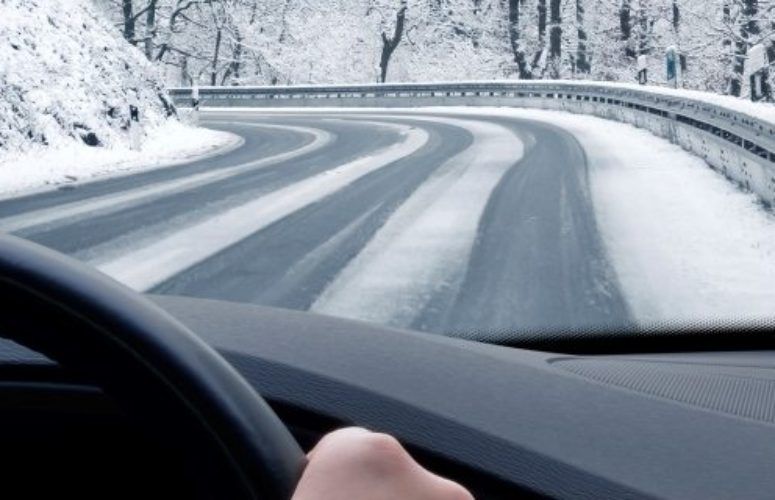
AAA Offers Winter Driving Tips
On Jan 22, 2016New Jersey has enjoyed a fairly mild winter so far, but that could change this weekend as a major winter storm – possibly with substantial snowfall – is predicted for the Northeast. If you have to venture out, AAA offers a few reminders for staying safe during winter driving conditions:
Drive responsibly. Last Sunday’s ice storm should be a reminder to all drivers — slow down and increase your following distance. On dry pavement, you want to have at least three to four seconds of following distance between yourself and the vehicle ahead; in inclement weather, drivers should aim for a MINIMUM of eight to 10 seconds. This increased following distance allows for extra space in front of your vehicle for braking should a sudden stop be necessary. Also, leave extra time to reach your destination so you’re not rushing.
Avoid cruise control. Cruise control is useful on long stretches of straight road and in dry conditions. In inclement weather, however, using cruise control increases the chance of losing control of the vehicle. Avoiding cruise control gives you more options to choose from when responding to a potential loss-of-traction situation, thus maximizing your safety.
Know How to Respond to a Skid. Even skilled and careful drivers can experience skids. If you feel your car begin to skid, it’s important to not panic and follow these steps:
- Continue to look at your path of travel down the road
- Steer in the direction you want the front of the vehicle to go
- Avoid slamming on the brakes as this will further upset the vehicle’s balance and make it harder to control.
See and be seen. “Peephole” driving — clearing only enough of the windshield that you can see out — is not only dangerous, but against the law in New Jersey. Whether it’s frost, snow or ice, completely clearing the windshield, windows and mirrors is safer for the driver and those with whom they share the road. Drivers must also clear the roof, so that melting ice does not fall into their sight line or fly onto other vehicles. Good visibility is key to safe driving and not completely clearing the vehicle of snow, ice and frost can impact visibility and driver safety.
Preventative measures go a long way toward keeping motorists driving safely on the road, but unexpected problems can still occur and leave drivers stranded. AAA recommends that motorists keep a cold-weather emergency kit in their vehicles, which should include: jumper cables; emergency flares or reflectors; a flashlight with extra batteries; blankets; a change of clothes; glove, hat and scarf; drinking water and non-perishable snacks; sand, kitty litter or traction mats; a first-aid kit; an ice scraper and brush; and a cell phone with a car charger.
Related Articles:





